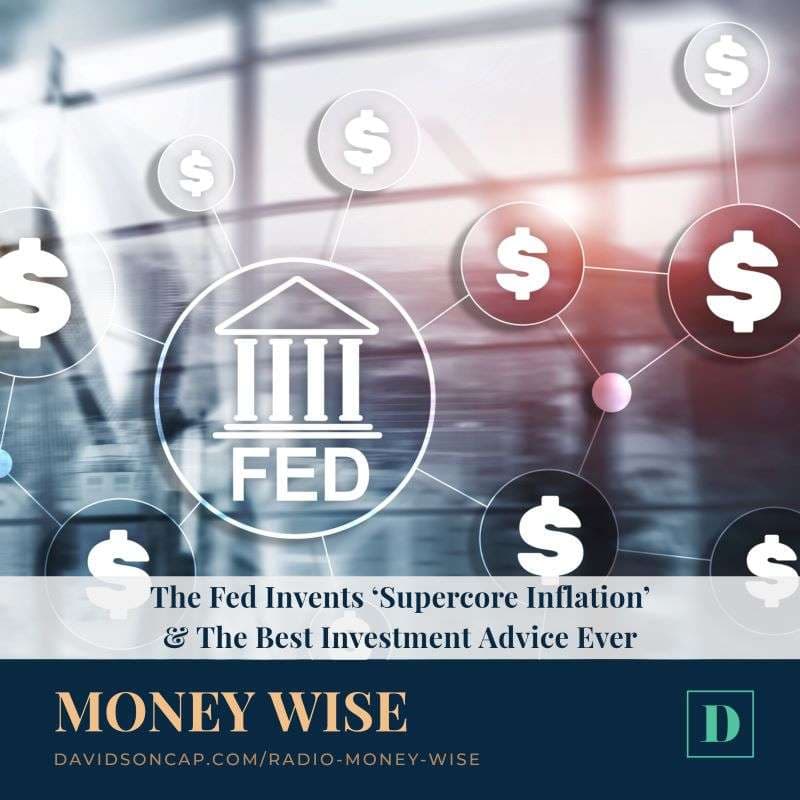U.S. Supercore CPI Annualized at 6%, Raising Renewed Inflation Concerns

Recent data indicates a significant acceleration in the "supercore" Consumer Price Index (CPI), a key inflation metric closely monitored by the Federal Reserve. Economist Spencer Hakimian highlighted this trend, noting a sharp increase in this measure since April 1st. The supercore CPI, which was at -0.2% month-over-month in March, has now climbed to +0.5% month-over-month, translating to an annualized rate of 6%.Supercore inflation specifically tracks the prices of services, excluding volatile components such as food, energy, and housing. This narrower focus is considered by the Federal Reserve to be a crucial indicator of underlying inflationary pressures, particularly those driven by labor costs in the services sector. Federal Reserve Chair Jerome Powell has previously emphasized its importance in understanding the future trajectory of core inflation.The latest official data for July 2025 further supports concerns about persistent inflation. The core CPI, which excludes food and energy, rose by 0.3% month-over-month, marking an increase from 0.2% in June. On a year-over-year basis, the core CPI reached 3.1% in July, its highest level in five months. Analysts point to significant increases in non-housing services, which saw their strongest monthly gain since January, contributing to this upward trend.The sustained rise in supercore inflation presents a challenge for the Federal Reserve's monetary policy. As Spencer Hakimian stated in a recent tweet, "> We have an inflation problem again." This upward movement in a measure the Fed "is supposed to care about" suggests that inflationary pressures are not subsiding as quickly as desired. This could lead the central bank to maintain higher interest rates for an extended period, or even consider further tightening, to bring inflation back to its 2% target. The stickiness of services inflation, largely influenced by wage growth, remains a central concern for policymakers.